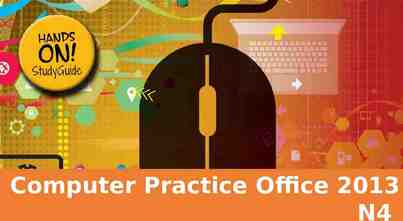Warm Up Scientists will describe forensic anthropology and its usage
11 Slides1.30 MB
Warm Up Scientists will describe forensic anthropology and its usage by analyzing skeletal remains. 1. What is the topic? 2. What will you be doing? 3. Why is this important? 4. How will you know if you have done well? Day 2—Review Warm Up//Take out forensic anthropology paper.
Warm Up Scientists will describe forensic anthropology and its usage by analyzing skeletal remains. 1. What is the topic? Forensic anthropology and its usage 2. What will you be doing? Analyze skeletal remains 3. Why is this important? Solve crimes/mysteries 4. How will you know if you have done well? Able to describe forensic anthropology; completed work
Forensic Anthropology Examines skeletal remains Determine age, race, gender, and height Each group will send 1-2 representatives to each station. There, you will work with other group’s representatives. You will then go back to your table and share your information with your group.
Gender 1. Height, because female on average is shorter, but a shorter skeleton can be male. 2. The pelvis 3. Sacrum tilted backward, outlet large, angle 90 degree, ilia spread, female 4. Sacrum tilted forward, outlet small, angle 90 degree, ilia close, male 5. Skull .85%-90% 6. Squared chin, forehead receding, male 7. Rounded chin, small mastoid process, forehead vertical, female 8. Rounded chin, forehead vertical, muscle lines are slight, female
Race 1. The maxilla, African hyperbolic, European parabolic, Asian rounded; teeth—incisors African and European are spatulate, Asian are shovelshaped; characteristics of skull— too subtle for photographs 2. Hyperbolic, spatulate, African 3. Parabolic, spatulate, European/Caucasian 4. Rounded, shovel-shaped, Asian
Age 1. arthritic, older. Because it looks rough/edgy 2. Not arthritic, younger. Because it looks clean/nice/not rough
Age 3. Condition of the bones. Look at the skull. Adults do not have sutures. They become filled in “closed” as we age. 4. Frontal sutures present, sutures are “open,” adolescent 5. Frontal sutures absent, sutures are “closed,” adult
Age 6. 206 babies haven’t fused together yet 7. Look at the epiphysis. X-rays dark areas indicate growth plates/still made of cartilage. Adult x-ray will reveal white area where the growth plate has been turned into bone. 8. Epiphyseal plate child (darker areas) 9. Epiphyseal line adult (whiter areas)
Height 1. femur, humerus, radius (arm and leg bones) 2. (17.9 x 1.94) 28.7 63.426 inches 3. (17.9 x 1.88) 32 65.652 inches 4. (45.5 x 1.94) 72.9 161.17 cm 5. (45.5 X 1.88) 81.3 166.84 cm
Questions 1. What is the easiest way to determine the gender (using the skeleton) of an individual, and why? 2. What is the easiest way to tell (using the skeleton) whether a teenager is lying about her/his age, and why? 3. Why can determining gender from a skull be difficult? 4. Why should a forensic anthropologist use more than one bone (if possible) to determine the height of an individual? 5. What other issue is important to question four, especially if there is only one bone from which to work?
Finished? Complete any missing or incomplete assignments. If everything is complete and turned in: go to www.anatomyarcade.com and play one of the games. Screenshot your results and send them to me—352-874-5567 or [email protected]. Create an Escape Room/Breakout Box for the integumentary, muscular, and skeletal systems. Work on the homework assignment. This is due on November 16, 2018.















